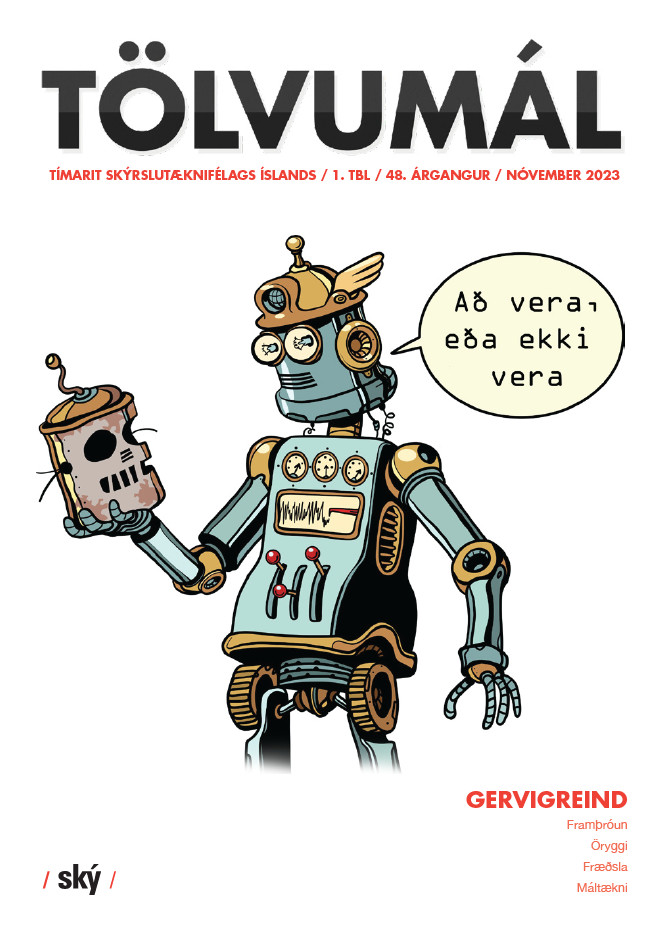
Comparing learners’ performance in a face-to-face context and a computer based serious game in finance
|
|
 |
 |
| Padros | Romero | Usart |
Games have been played since the earliest stages of civilization. Games are not only an interaction activity but also a learning activity both for children and adults. The study of the effectiveness and game dynamics when using games for learning purposes has lead to the development of the Game Based Learning (GBL) research. In the last decades we have experienced a digital revolution that has transformed not only the way we communicate but also the context of our games. Because of the current diversity of game contexts, we analyse the games according to their modality as face-to-face games, compared to digital or computer-based games.
The studies related to GBL have been developed both in face-to-face contexts (Carlson, 1969) and computer-based contexts (Prensky, 2001). In the context of GBL, we consider the relevance of analysing the differences in the students’ performance when playing in a face-to-face context and their performance in the computer-based scenario, in order to study how the game modality is affecting the learners’ performance. This analysis could contribute to identify the participants’ performance differences whether the interaction among peers playing collaboratively takes place face-to-face or via online chat. Moreover, the learning experience in both modalities is analysed considering the relevance of the easy-of-use, acceptability and utility perceived by the learners’ after their performance, together with the future uses of the games.
In this study we analyse a finance game initially designed as a face-to-face activity that has been developed as a computer-based game. This process aimed to facilitate the use of the game in virtual contexts beyond the time and space constraints of a physical classroom. Furthermore, designers aimed to take advantage of the Serious Games (SG) approaches to enhance both the learning experience and performance, through active learning methodologies such problem solving and decisions making theories (Foreman, 2003). In the context of management education, GBL may be considered as a learning environment contributing to enhance the fulfilment of educational objectives through game play (Kim, Park, & Baek, 2009).
One of the main concerns when transposing the face-to-face activity into a computer-based environment was to enhance, or at least maintain, learners’ performance and their learning experience. Likewise well-designed computer-based learning environments have an effect on the learning performance, poorly designed ones could lead to negative outcomes. In this line, Computer Learning Environments (CLE) ought to be designed aiming to achieve a correct level of usability, utility and acceptability in order to enhance the learning objectives (Fuentes, Romero, & Serrano, 2011) while supporting the instructional design. Usability is achieved by “making systems easy to learn and easy to use” (Preece et al., 1994, p.14), utility is the relevance or efficiency of the CLE (Tricot, 2007) and practical acceptability is related to the robustness and reliability of CLE. With these objectives in mind, the face-to-face game was redesigned as a computer-based game in a 2 stage process. In the very first stage, the game was designed as a table game, in order to test and validate it with real students (n=18) interacting in a face-to-face context. Next, it was designed and developed as an online game, in a computer based support, and tested with a second group of students (n=16). In this case the dyads interaction was performed through a chat application within the game. This interaction tool aimed to promote and facilitate metacognitive processes among dyads.
In order to analyse user’s acceptance of the online game, the Technology Acceptance Model (TAM) survey was distributed among users with some variations from the original model (Davies 1986). The TAM has been considered in recent studies as a model of analysing e-learning since the rise of educational technologies. It is basically meant to be influenced by the degree to which users consider an IT system to improve their performance (perceived usefulness) and their perception of the IT tool facility of use (perceived ease of use).
The users’ performance of the two different contexts was analysed in order to find out whether there were significant differences on the results among the two different environments. The results were gathered at the three different stages of the game. In stage 1 the learners’ performed individually, in stage 2, they corrected their peers, and in the 3rd stage they were required to reach a joint agreement within their dyad.
Two hypotheses were formulated. The first hypothesis presumed a better performance in the collaborative phase of the game in the computer supported context. It could be due to some scaffolding elements, not present in the face-to-face context and also because of a chat application tool. This tool could allow peers to interact efficiently by supporting the sharing of knowledge and performance information (Engelman, Dehler, Bodemer, & Buder, 2009). Nevertheless results concluded that the highest and most significant differences appeared only in the individual stage, where the paper-based groups perform higher (m=5.13; sd=0.89) than the computer-based group (m=4.5; sd=0.79). In both other stages the differences are not significant. A second hypothesis considered better results in the collaborative stage for those participants with a higher e-learning self-efficacy according to their self-reported answers at the TAM.
Based on the results gathered in this specific experience, we can conclude by saying that there is a slight difference, and an effect, on students’ performance depending on the type of game context provided. The results of this initial study on the comparison of face-to-face and computer-based game have been developed with fairly reduced number of participants (n=34) where the students’ initial finance literacy was not homogenous. Despite the limits of this experience, performance similarities outlined in this initial study together with teachers’ readiness to distribute the digital release of the game, has allowed to facilitate its use and spreading; nowadays only the computer-based release is used.
References
Carlson, E. (1969). Learning through Games: A New Approach to Problem Solving. Public Affairs Press.
Engelmann, T., Dehler, J., Bodemer, D. & Buder, J. (2009). Knowledge awareness in CSCL: A psychological perspective. Computers in Human Behavior, 25(4), 949-960.
Foreman, J. (2003). Next-Generation Educational Technology versus the Lecture. Educause Review, 38(4), 12.
Fuentes, M., Romero, M. & Serrano, M. J. (2011). E-Learning: Psycho-Pedagogical Utility, Usability and Accessibility Criteria from a Learner Centred Perspective. In Lazarinis, F., Green, S., & Pearson, E. (Eds.), Handbook of Research on E-Learning Standards and Interoperability: Frameworks and Issues. (pp. 419-434).
Kim, B., Park, H. & Baek, Y. (2009). Not just fun, but serious strategies: Using meta-cognitive strategies in game-based learning. Computers and Education, 52(4), 800 810.
Preece, J., Rogers, Y., Sharp, H., Benyon, D., Holland, S. & Carey, T. (1994). Human-Computer Interaction, Addison-Wesley: Harlow.
Prensky, M. (2001). Digital Game-Based Learning. NY:McGraw-Hill.
Tricot, A. (2007). Apprentissages et documents numériques. Paris: Belin.
Authors:
Padrós, A., Romero, M., Usart, M.
Educational Innovation Academic Quality Unit (DIPQA)
ESADE Business & Law School – Universitat Ramon Llull, Spain
Skil á efni
Leita í vefútgáfu Tölvumála
Um Tölvumál
Tölvumál - tímarit Skýrslutæknifélags Íslands er óháð tímarit um tölvutækni og hefur verið gefið út frá árinu 1976.
Vefútgáfa Tölvumála birtir vikulega nýja grein á vef Ský og árlega er gefið út veglegt prentað tímarit undir nafninu "Tölvumál" þar sem fjallað er um tölvutækni frá ýmsum sjónarhornum og er þema blaðsins jafnan valið snemma árs og útgáfa að hausti.
Ritnefnd Ský sér um að afla efni í Tölvumál og geta allir sem áhuga hafa sent inn efni.

